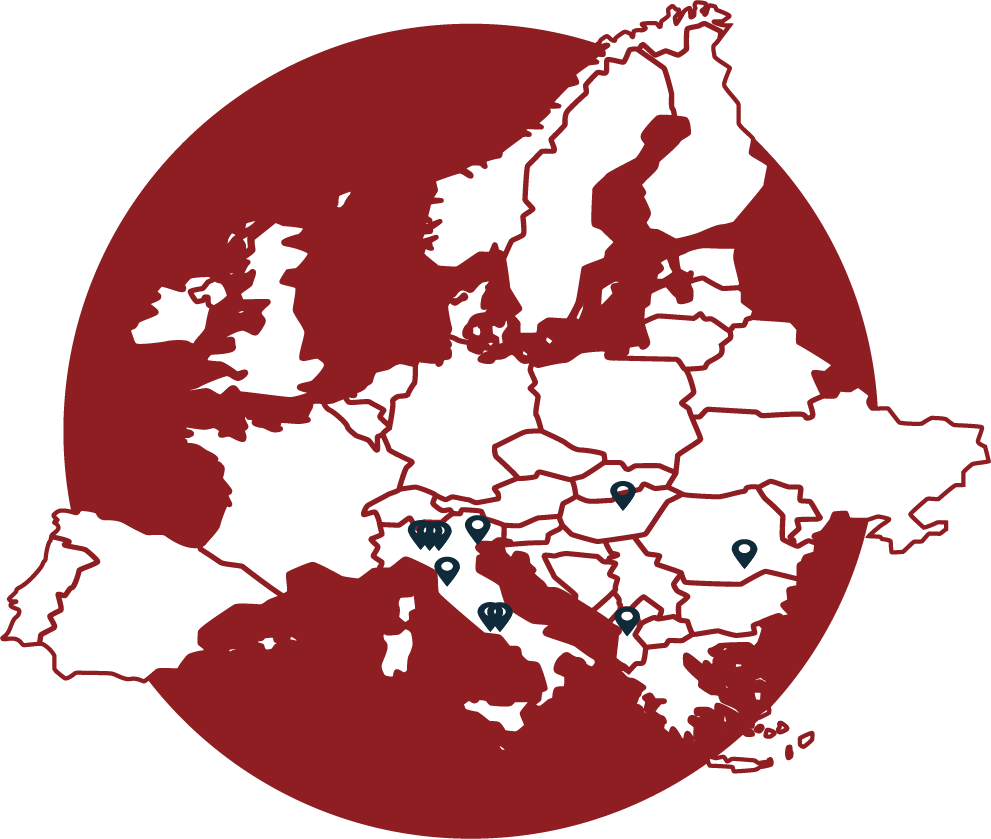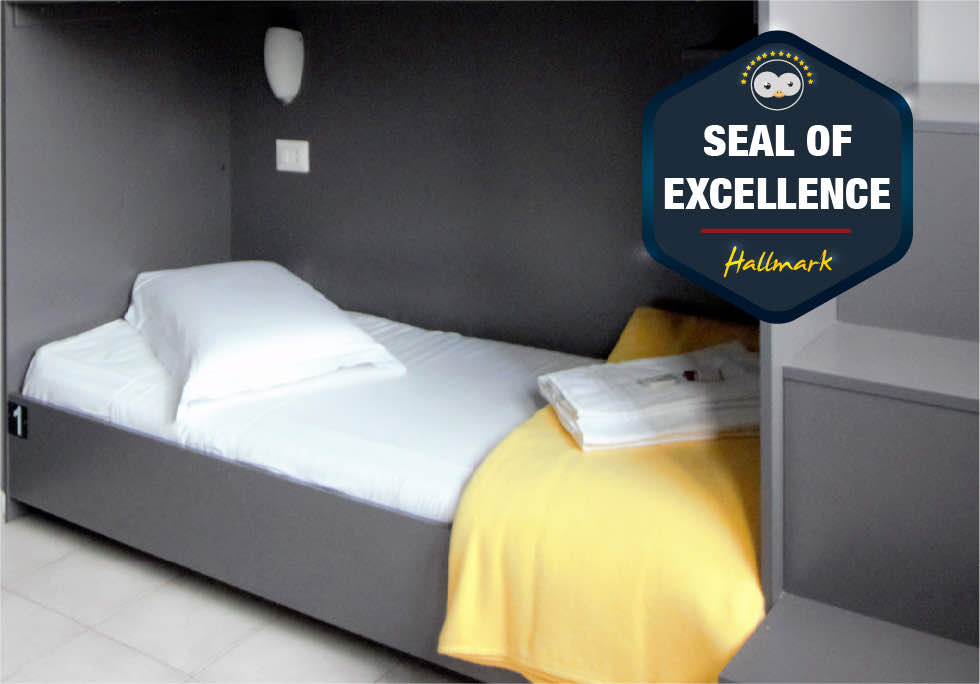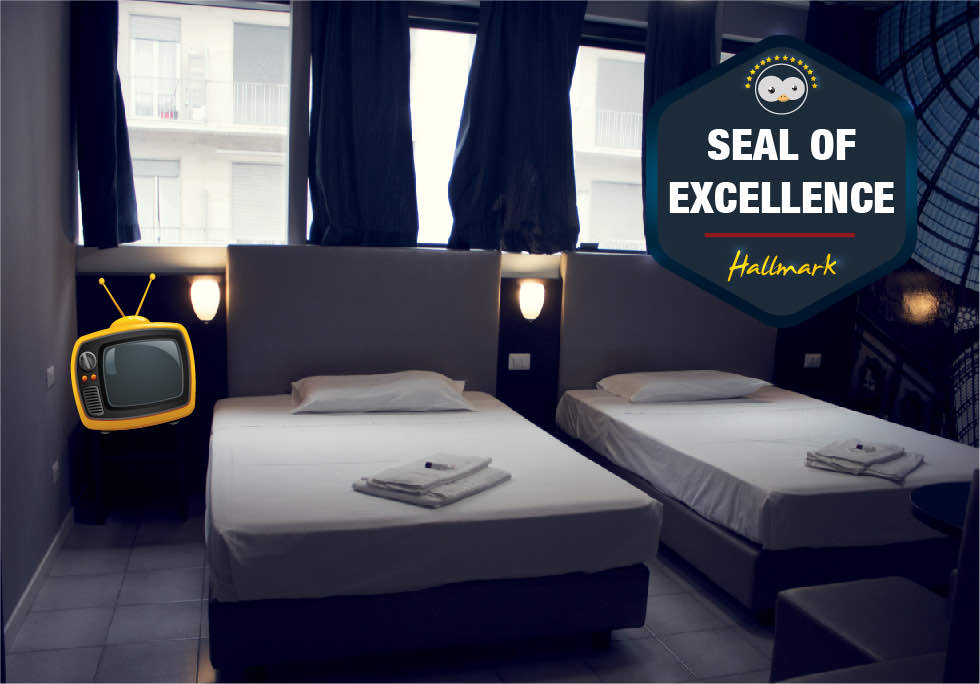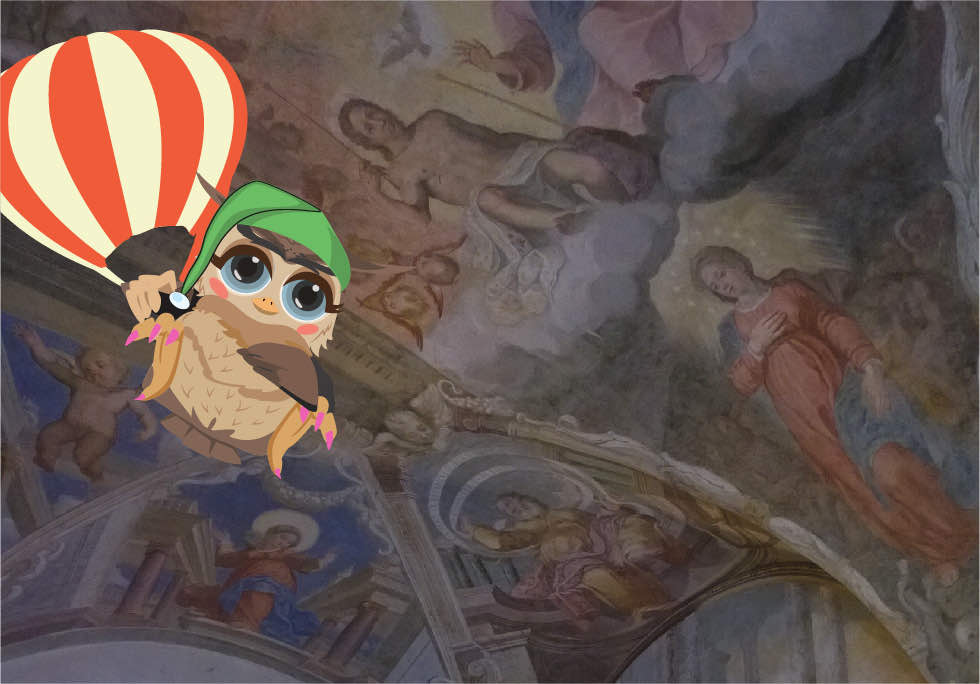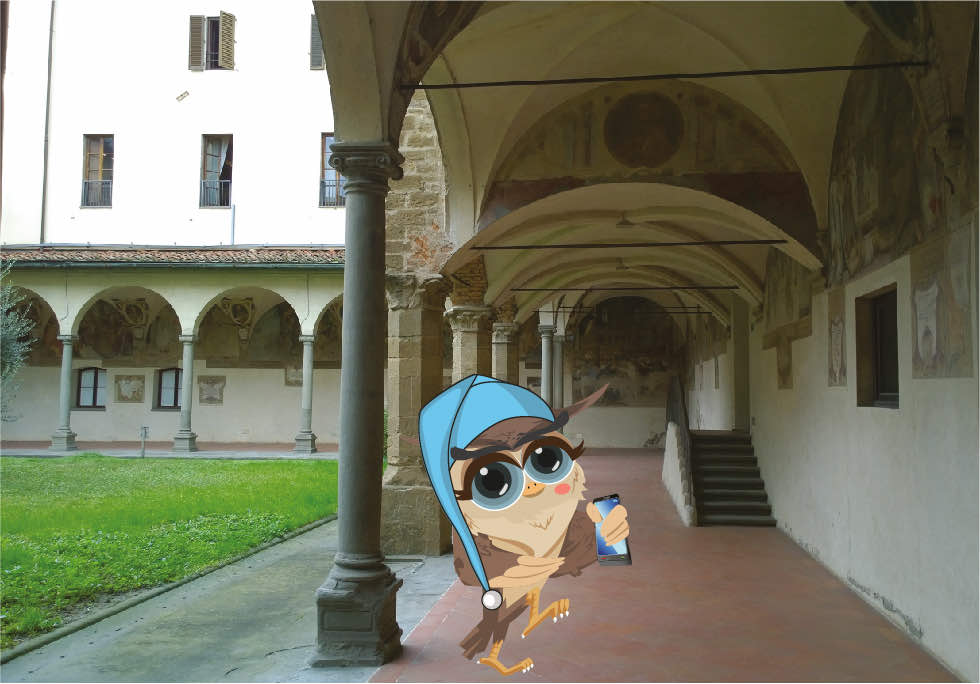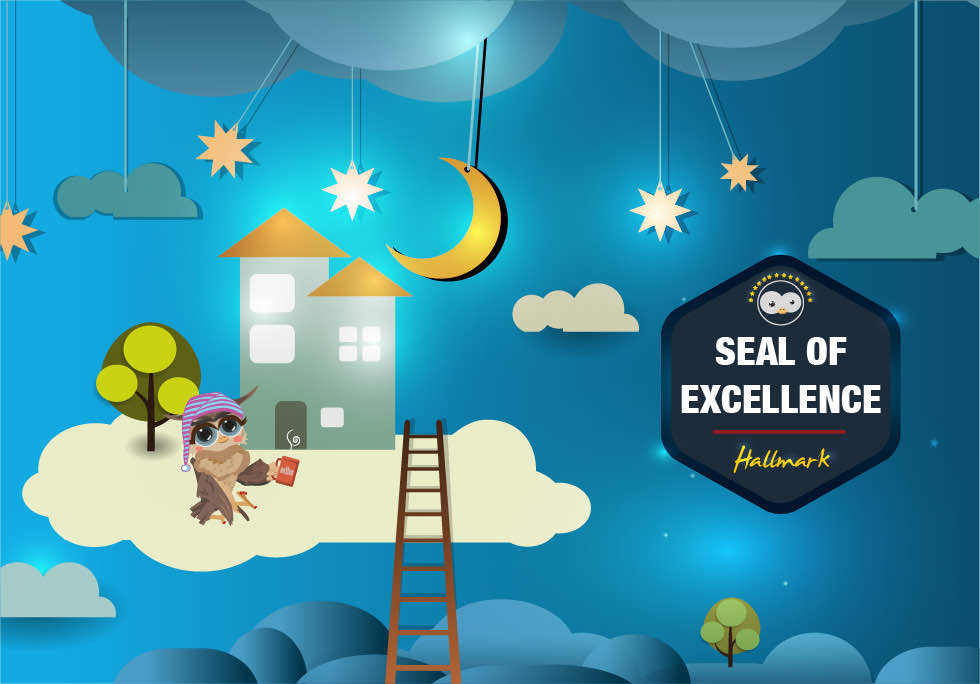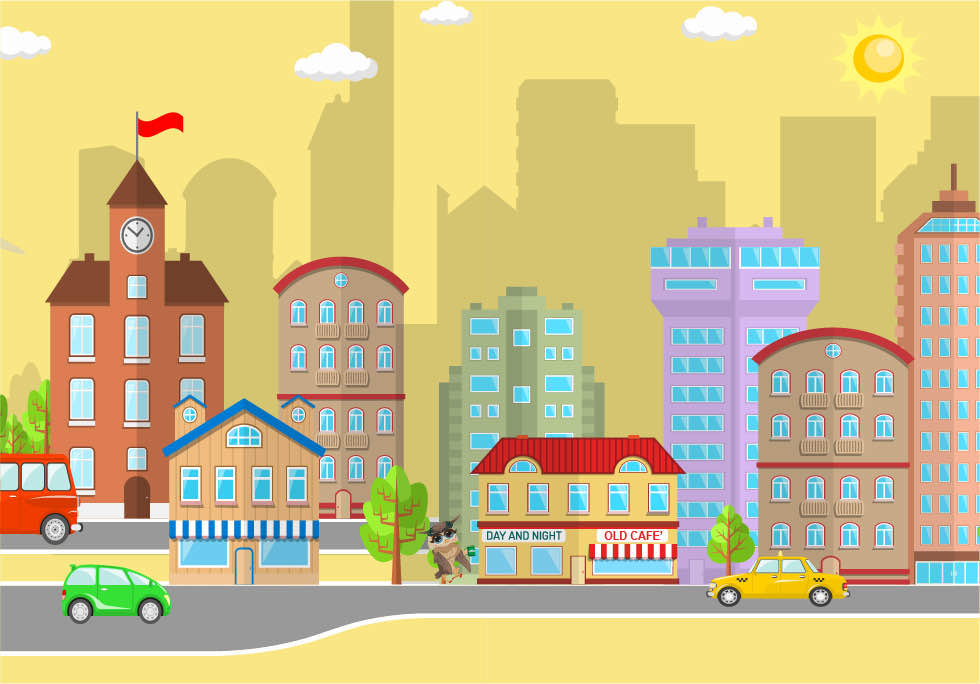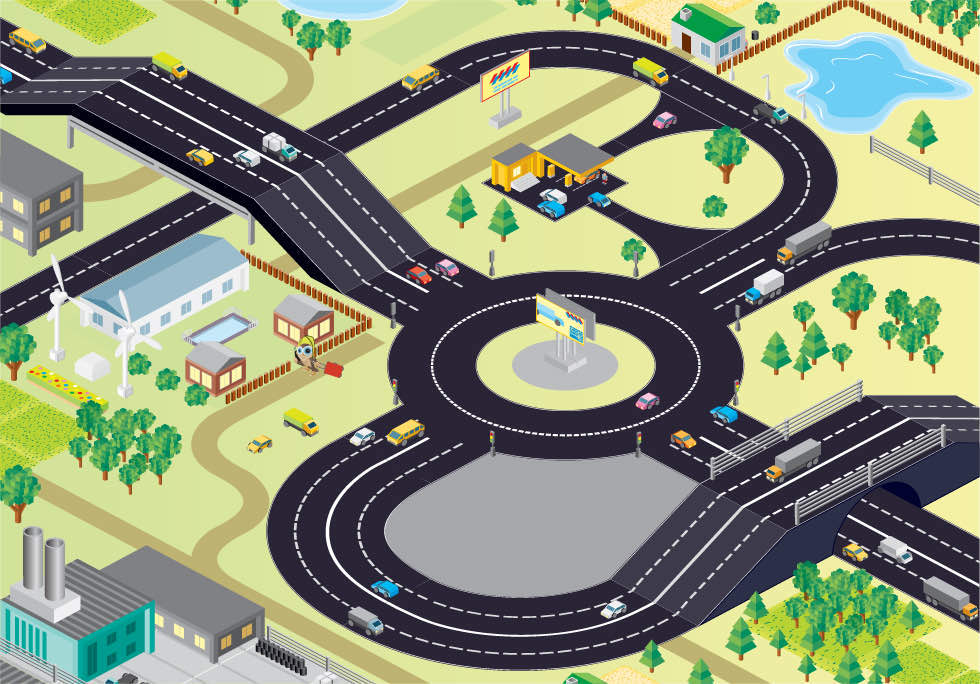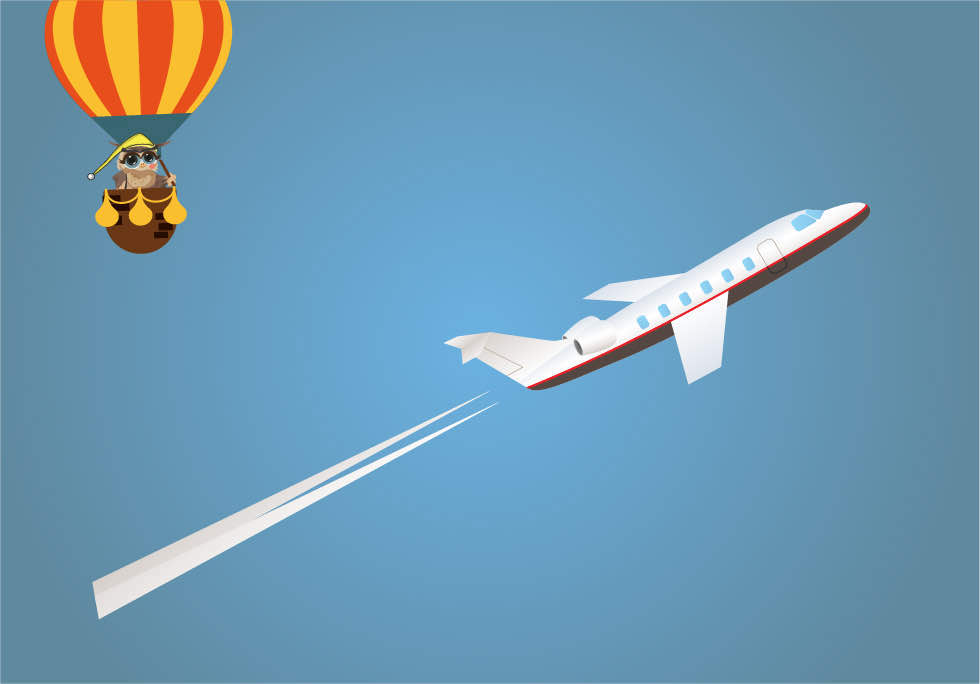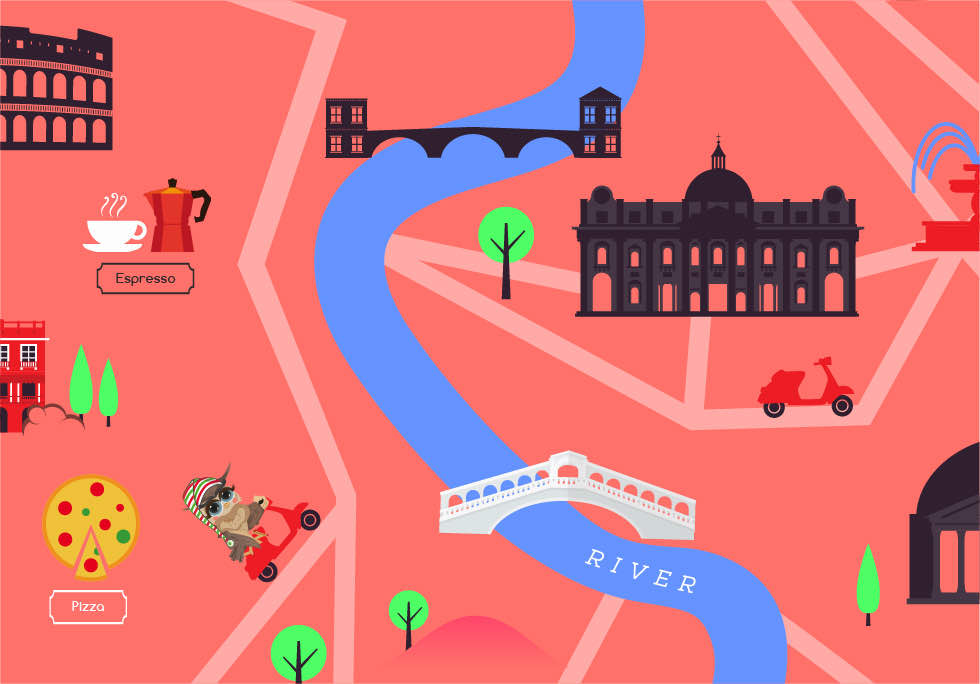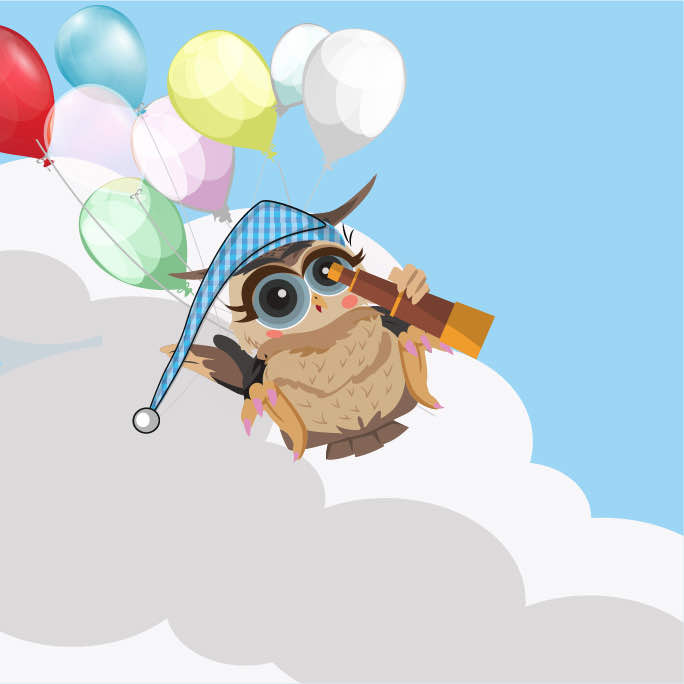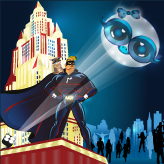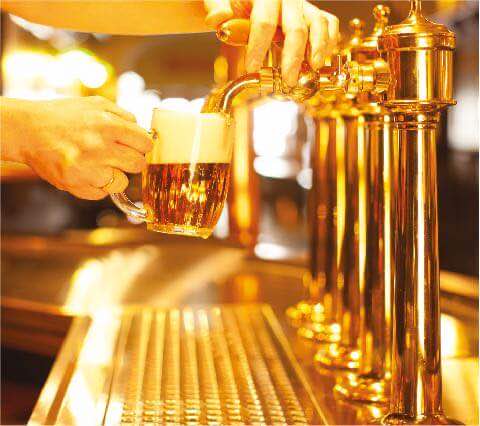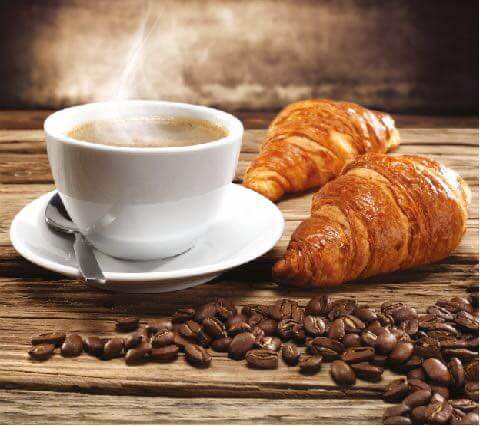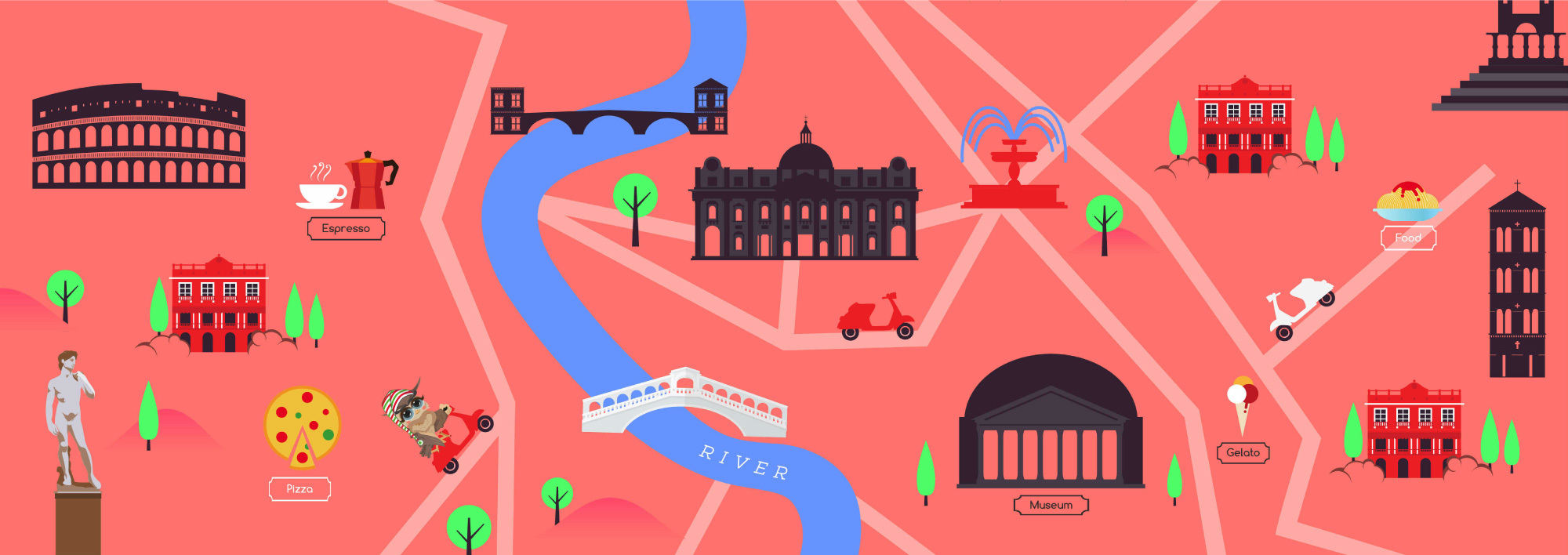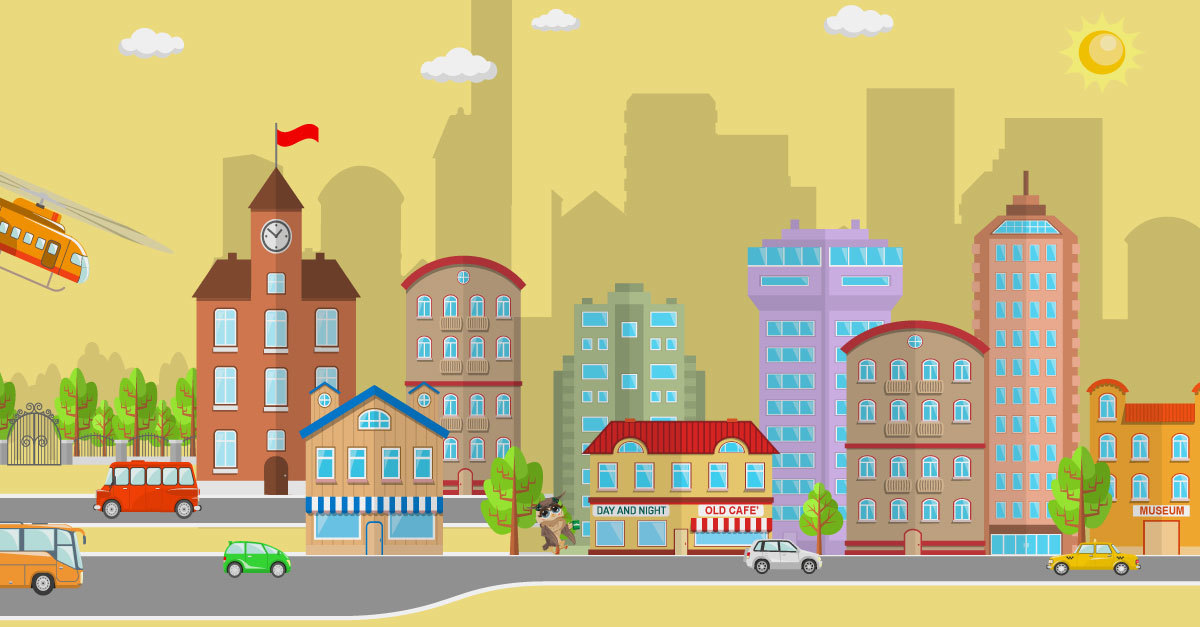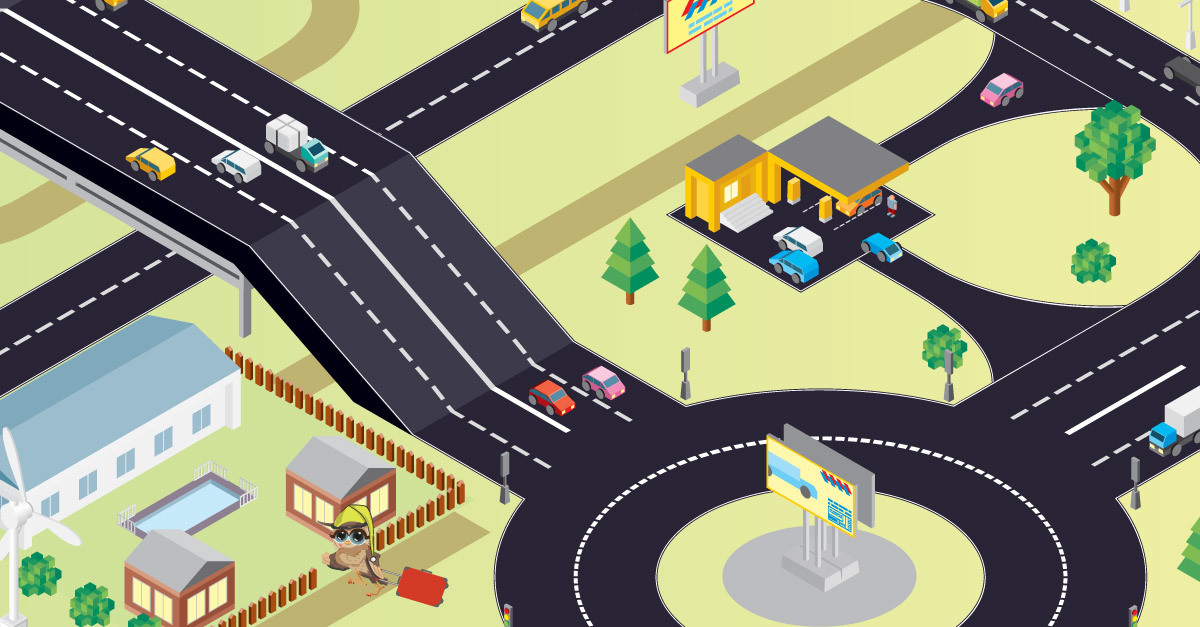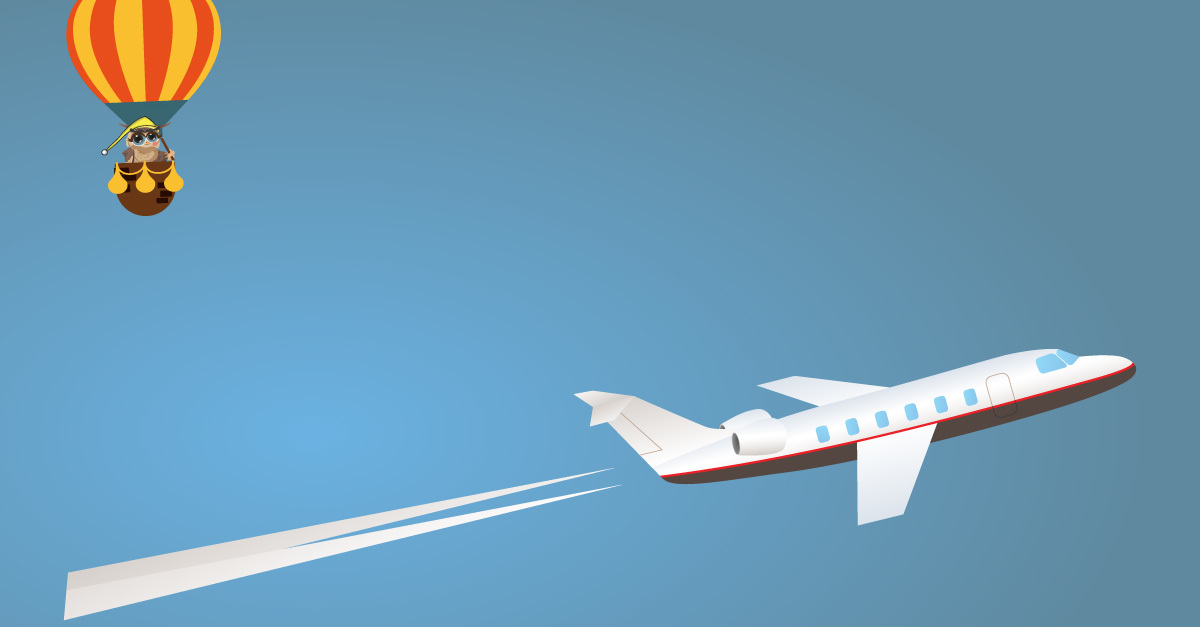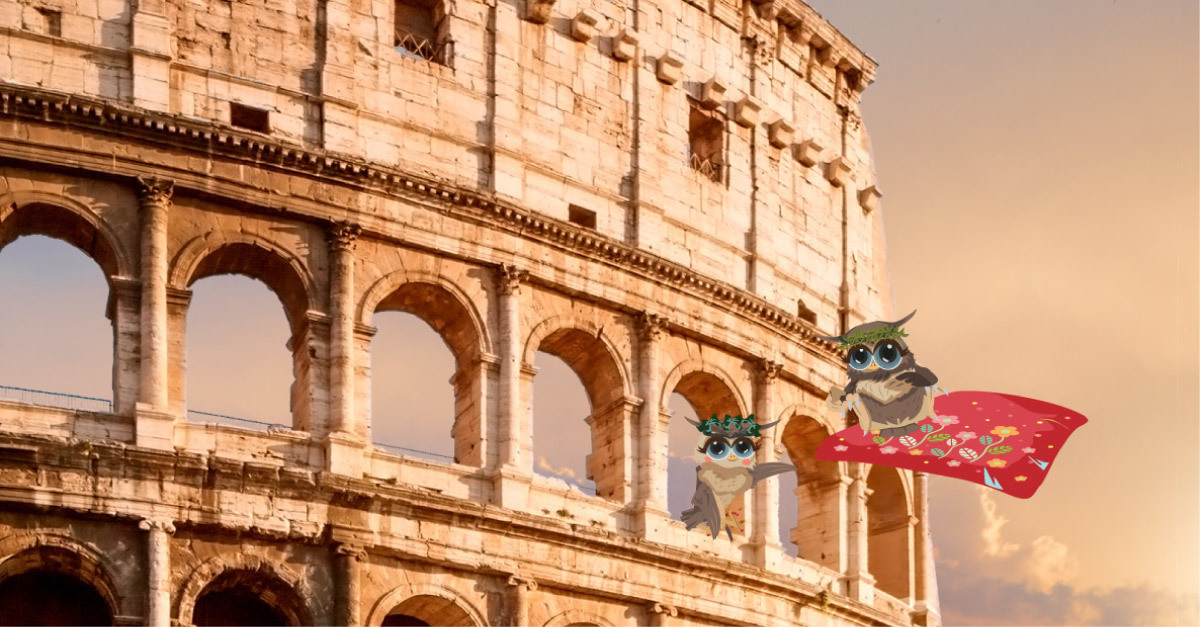 BOOK NOW!
BOOK NOW!
SEARCH
WHAT TO SEE IN ROME
No city in the world equals the history of the Eternal City. Founded 2700 years ago,
Rome long reigned as Caput Mundi, or Capital of the World.
Below you can find some tips and information so you can tour the city in total freedom.
FAST SIGHTSEEING AROUND THE HOSTEL
COLOSSEUM
Known as the Flavian Amphitheatre, the Roman Colosseum is one of the capital's most remarkable monuments. Every year over 6 million people visit it. The Colosseum is the main symbol of Rome. It is an imposing construction that, with almost 2,000 years of history, will bring you back in time to discover the way of life in the Roman Empire. Metro station: Colosseo, line B (blue)
TRAJAN'S MARKET
Built between the years 100 and 110 A.D, Trajan's Market is believed to be the first covered shopping mall in history. Situated on Via dei Fori Imperiali, Trajan's Market is an archaeological complex that currently holds the Museum of Imperial Forums (Museo dei Fori Imperiali). It is considered to be Rome’s first “shopping center”. The complex, made of red brick and concrete, had six levels in which there was once up to 150 different shops and apartments.
FORI IMPERIALI MUSEUM
When you visit the Imperial Forum Museum, you can stroll through the Mercato di Traiano's various levels, as well as admiring several exhibitions that show the Imperial Forums' different aspects. The exhibitions are comprised of models and videos that accompany the various remains that are left from the Imperial Forums to try to transport visitors to classical Roman times. Metro stations: Colosseo or Cavour, line B (blue)
THE ROMAN FORUM
The Roman Forum is one of the most beautiful and interesting places in the city, so it is easy to spend several hours strolling among its temples without getting bored. Located between Piazza Venezia and the Colosseum, the Roman Forum was the hub of political and social activity of the Roman citizens. The Roman Forum was where religious and public life in ancient Rome took place. The Forum is, along with the Colosseum, the greatest sign of the splendor of the Roman Empire that can be seen today. Metro station: Colosseo, line B (blue)
THE PALATINE HILL
Located 40 meters above the Roman Forum, the Palatine Hill is the most central of the seven hills of Rome and forms one of the oldest parts of the city. Metro station: Colosseo, line B (blue)
THE ARCH OF CONSTANTINE
Located between the Colosseum and the Palatine Hill, the Arch of Constantine was erected in the year 315 in commemoration of the victory of Constantine I the Great in the Battle of Milvian Bridge. The Arch of Constantine is one of the best preserved monuments from ancient Rome. Thanks to its excellent location it is one of the most representative and photographed points of the city. Metro station: Colosseo, line B (blue)
COLOSSEUM
Known as the Flavian Amphitheatre, the Roman Colosseum is one of the capital's most remarkable monuments. Every year over 6 million people visit it. The Colosseum is the main symbol of Rome. It is an imposing construction that, with almost 2,000 years of history, will bring you back in time to discover the way of life in the Roman Empire. Metro station: Colosseo, line B (blue)
TRAJAN'S MARKET
Built between the years 100 and 110 A.D, Trajan's Market is believed to be the first covered shopping mall in history. Situated on Via dei Fori Imperiali, Trajan's Market is an archaeological complex that currently holds the Museum of Imperial Forums (Museo dei Fori Imperiali). It is considered to be Rome’s first “shopping center”. The complex, made of red brick and concrete, had six levels in which there was once up to 150 different shops and apartments.
FORI IMPERIALI MUSEUM
When you visit the Imperial Forum Museum, you can stroll through the Mercato di Traiano's various levels, as well as admiring several exhibitions that show the Imperial Forums' different aspects. The exhibitions are comprised of models and videos that accompany the various remains that are left from the Imperial Forums to try to transport visitors to classical Roman times. Metro stations: Colosseo or Cavour, line B (blue)
THE ROMAN FORUM
The Roman Forum is one of the most beautiful and interesting places in the city, so it is easy to spend several hours strolling among its temples without getting bored. Located between Piazza Venezia and the Colosseum, the Roman Forum was the hub of political and social activity of the Roman citizens. The Roman Forum was where religious and public life in ancient Rome took place. The Forum is, along with the Colosseum, the greatest sign of the splendor of the Roman Empire that can be seen today. Metro station: Colosseo, line B (blue)
THE PALATINE HILL
Located 40 meters above the Roman Forum, the Palatine Hill is the most central of the seven hills of Rome and forms one of the oldest parts of the city. Metro station: Colosseo, line B (blue)
THE ARCH OF CONSTANTINE
Located between the Colosseum and the Palatine Hill, the Arch of Constantine was erected in the year 315 in commemoration of the victory of Constantine I the Great in the Battle of Milvian Bridge. The Arch of Constantine is one of the best preserved monuments from ancient Rome. Thanks to its excellent location it is one of the most representative and photographed points of the city. Metro station: Colosseo, line B (blue)
PIAZZA DI SPAGNA AND THE SPANISH STEPS
A magnificent example of Italian Baroque style, Piazza di Spagna and its Scalinata Spagnola is one of the most visited squares in Rome. The Piazza di Spagna is one of Rome’s most renowned squares. The name comes from the Palazzo di Spagna, the seat of the Spanish Embassy for the Vatican located on this square since the seventeenth century. The Piazza di Spagna is found in one of the most popular neighbourhoods of Rome, near the high streets Via dei Condotti, Via Frattina and Via del Babuino, which houses several impressive seventeenth- and eighteenth-century villas. If you walk down Via del Babuino, you’ll arrive at Piazza del Popolo. In the centre of the square is the Flaminio Obelisk, one of the tallest obelisks in Rome, which was housed in the Circus Maximus. To get some of the best views of Rome, climb the steps from Piazza del Popolo to the top of Pincian Hill. Metro station: Spagna, line A (Orange)
VILLA BORGHESE
Villa Borghese of Rome is one of the largest urban parks in Europe. The State acquired the gardens from the Borghese family in 1901 and opened them to the public on 12 July 1903. What differentiates Villa Borghese from others is the perfect combination between nature and Roman art. Villa Borghese is home to interesting architectural elements, sculptures, monuments and fountains created at different times by famous artists. Metro stations: Spagna or Flaminio, line A (Red)
A magnificent example of Italian Baroque style, Piazza di Spagna and its Scalinata Spagnola is one of the most visited squares in Rome. The Piazza di Spagna is one of Rome’s most renowned squares. The name comes from the Palazzo di Spagna, the seat of the Spanish Embassy for the Vatican located on this square since the seventeenth century. The Piazza di Spagna is found in one of the most popular neighbourhoods of Rome, near the high streets Via dei Condotti, Via Frattina and Via del Babuino, which houses several impressive seventeenth- and eighteenth-century villas. If you walk down Via del Babuino, you’ll arrive at Piazza del Popolo. In the centre of the square is the Flaminio Obelisk, one of the tallest obelisks in Rome, which was housed in the Circus Maximus. To get some of the best views of Rome, climb the steps from Piazza del Popolo to the top of Pincian Hill. Metro station: Spagna, line A (Orange)
VILLA BORGHESE
Villa Borghese of Rome is one of the largest urban parks in Europe. The State acquired the gardens from the Borghese family in 1901 and opened them to the public on 12 July 1903. What differentiates Villa Borghese from others is the perfect combination between nature and Roman art. Villa Borghese is home to interesting architectural elements, sculptures, monuments and fountains created at different times by famous artists. Metro stations: Spagna or Flaminio, line A (Red)
ARA PACIS
The Ara Pacis is a commemorative monument that was built between the years 13 and 9 B.C. to celebrate peace in the Mediterranean after the victorious battles of Emperor Augustus in Hispania and Gaul. The Ara Pacis is an altar located in the interior of a closed structure carved in Carrara marble. It stands out because of its impressive decoration made up of various reliefs showing the family of Augustus in procession, in addition to different allegories related to the mythical foundation of Rome. Buses: 70, 81, 117, 119, 186 and 628
The Ara Pacis is a commemorative monument that was built between the years 13 and 9 B.C. to celebrate peace in the Mediterranean after the victorious battles of Emperor Augustus in Hispania and Gaul. The Ara Pacis is an altar located in the interior of a closed structure carved in Carrara marble. It stands out because of its impressive decoration made up of various reliefs showing the family of Augustus in procession, in addition to different allegories related to the mythical foundation of Rome. Buses: 70, 81, 117, 119, 186 and 628
TOUR OF THE ANCHIENT CITY
CIRCUS MAXIMUS
Located between the Aventino and Palatine Hill, the Circus Maximus was the largest stadium in ancient Rome built for chariot races. Roman circuses were the most important centers of entertainment in the Roman cities, apart from the theatres and amphitheaters. They were extended precincts in which the public games were held, consisting of chariot races and different spectacles. Metro station: Circo Massimo, line B (blue)
THE MOUTH OF TRUTH
The Mouth of Truth (Bocca della Veritá) is a worldwide-famous enormous marble mask to bite the hand of those who lied. The huge legendary sculpture has a diameter of 1.75 meters and is dedicated to the God of the Sea, represented by a male bearded face with holes for the eyes, nose and mouth. According to the legend, a husband who mistrusted his wife took her to the Mouth of Truth to test her faithfulness. The woman reacted by pretending to swoon and her lover caught her in his arms. After this, the woman swore before the Mouth of Truth that she had only been in the arms of her husband a nd of the man, that had just caught her. Metro station: Circo Massimo, line B (blue)
BATHS OF CARACALLA
Situated near the Appian Way, the Baths of Caracalla are one of the largest and most impressive thermal baths built in ancient Rome. Built between the years 212 and 216 a.d. under the direction of Marcus Aurelius Antoninus Augustus, more commonly known as Emperor Caracalla, the Baths of Caracalla were one of the greatest and most spectacular thermal complexes in ancient times. In spite of the fact that today only the brick walls and large collapsed vaults remain, the remnant of the splendor of the Baths of Caracalla is still preserved. Metro station: Circo Massimo, line B (blue)
CIRCUS MAXIMUS
Located between the Aventino and Palatine Hill, the Circus Maximus was the largest stadium in ancient Rome built for chariot races. Roman circuses were the most important centers of entertainment in the Roman cities, apart from the theatres and amphitheaters. They were extended precincts in which the public games were held, consisting of chariot races and different spectacles. Metro station: Circo Massimo, line B (blue)
THE MOUTH OF TRUTH
The Mouth of Truth (Bocca della Veritá) is a worldwide-famous enormous marble mask to bite the hand of those who lied. The huge legendary sculpture has a diameter of 1.75 meters and is dedicated to the God of the Sea, represented by a male bearded face with holes for the eyes, nose and mouth. According to the legend, a husband who mistrusted his wife took her to the Mouth of Truth to test her faithfulness. The woman reacted by pretending to swoon and her lover caught her in his arms. After this, the woman swore before the Mouth of Truth that she had only been in the arms of her husband a nd of the man, that had just caught her. Metro station: Circo Massimo, line B (blue)
BATHS OF CARACALLA
Situated near the Appian Way, the Baths of Caracalla are one of the largest and most impressive thermal baths built in ancient Rome. Built between the years 212 and 216 a.d. under the direction of Marcus Aurelius Antoninus Augustus, more commonly known as Emperor Caracalla, the Baths of Caracalla were one of the greatest and most spectacular thermal complexes in ancient times. In spite of the fact that today only the brick walls and large collapsed vaults remain, the remnant of the splendor of the Baths of Caracalla is still preserved. Metro station: Circo Massimo, line B (blue)
LOOK FOR THE FONTAIN!
The Fontana di Trevi or Trevi Fountain is the most famous and arguably the most beautiful fountain in all of Rome. This impressive monument dominates the small Trevi Square located in the Quirinale district. Tradition has it that if you throw one coin into the fountain: you will return to Rome. If you throw two coins: you will fall in love with an attractive Italian. If you throw three coins: you will marry the person that you met. You should toss it with your right hand over your left shoulder (or left hand over your right shoulder) with your back to the fountain. You're not allowed to look behind you while you're tossing the coin, but the fountain is so large it's basically impossible to miss. Metro station: Barberini, line A (red)
THE PANTHEON
The Pantheon, completed in 126AD, was a Roman temple with a surprising oculus that is the building's main source of natural light. The Pantheon of Agrippa, also known as the Roman Pantheon, is one of the architectural masterpieces of the Italian capital. It is the best-preserved building from ancient Rome. The outskirts of the Pantheon are usually full of people at all hours, either photographing the imposing building or having a traditional supper in some of the terraces of the Piazza della Rotonda while they enjoy the shows put on by different street artists. Metro station: Barberini, line A (red)
The Fontana di Trevi or Trevi Fountain is the most famous and arguably the most beautiful fountain in all of Rome. This impressive monument dominates the small Trevi Square located in the Quirinale district. Tradition has it that if you throw one coin into the fountain: you will return to Rome. If you throw two coins: you will fall in love with an attractive Italian. If you throw three coins: you will marry the person that you met. You should toss it with your right hand over your left shoulder (or left hand over your right shoulder) with your back to the fountain. You're not allowed to look behind you while you're tossing the coin, but the fountain is so large it's basically impossible to miss. Metro station: Barberini, line A (red)
THE PANTHEON
The Pantheon, completed in 126AD, was a Roman temple with a surprising oculus that is the building's main source of natural light. The Pantheon of Agrippa, also known as the Roman Pantheon, is one of the architectural masterpieces of the Italian capital. It is the best-preserved building from ancient Rome. The outskirts of the Pantheon are usually full of people at all hours, either photographing the imposing building or having a traditional supper in some of the terraces of the Piazza della Rotonda while they enjoy the shows put on by different street artists. Metro station: Barberini, line A (red)
THE GLORIES OF THE VATICAN
St Peter’s Basilica is Christendom’s grandest church, the seat of Catholicism, and a vast art-filled exercise in awe. The Vatican Museums offer miles of cultural wealth, with the highlights being the Michelangelo-decorated Sistine Chapel, and a suite of rooms decorated by Raphael. Close to the Vatican is the imposing Castel Sant’Angelo, built as Emperor Hadrian’s mausoleum and later turned into a fortress.
St Peter’s Basilica is Christendom’s grandest church, the seat of Catholicism, and a vast art-filled exercise in awe. The Vatican Museums offer miles of cultural wealth, with the highlights being the Michelangelo-decorated Sistine Chapel, and a suite of rooms decorated by Raphael. Close to the Vatican is the imposing Castel Sant’Angelo, built as Emperor Hadrian’s mausoleum and later turned into a fortress.
TIPS
SHOPPING IN ROME
Campo dei Fiori
there are beautiful historical streets with traditional shops. The streets are still named after the artisans who once worked there, such as Via dei Baullari, Via dei Cappellari or Via dei Giubbonari.
For top boutiques go in Via del Pellegrino and Via di Monserrato
A walk through the narrow-cobbled streets of the Trastevere shows hidden small shops with the most curious objects.
Don’t miss the high streets Via dei Condotti, Via Frattina and Via del Babbuino next to Piazza di Spagna.
Monti area is great for shopping enthusiasts and style lovers, particularly for vintage pieces.
Campo dei Fiori
there are beautiful historical streets with traditional shops. The streets are still named after the artisans who once worked there, such as Via dei Baullari, Via dei Cappellari or Via dei Giubbonari.
For top boutiques go in Via del Pellegrino and Via di Monserrato
A walk through the narrow-cobbled streets of the Trastevere shows hidden small shops with the most curious objects.
Don’t miss the high streets Via dei Condotti, Via Frattina and Via del Babbuino next to Piazza di Spagna.
Monti area is great for shopping enthusiasts and style lovers, particularly for vintage pieces.
APERITIVO HAPPY HOUR IN ROME
Trastevere
Don’t miss out on the artisanal gelato, a slice of oven-made pizza and the occasional live street music.
Monti
Grab a beer and snag a spot by the fountain in the pretty Piazza della Madonna dei Monti where the cool kids go to chill out.
Campo de’ Fiori
Enjoy the atmosphere! It is lively both during the day; with its flower, fruit and vegetable market, and by night; when the terraces are packed with people.
Trastevere
Don’t miss out on the artisanal gelato, a slice of oven-made pizza and the occasional live street music.
Monti
Grab a beer and snag a spot by the fountain in the pretty Piazza della Madonna dei Monti where the cool kids go to chill out.
Campo de’ Fiori
Enjoy the atmosphere! It is lively both during the day; with its flower, fruit and vegetable market, and by night; when the terraces are packed with people.
STREET MARKETS IN ROME
Campo dei Fiori
historical and traditional day market filled with flowers, fruit and vegetables.
Monti Market
Weekend vintage market for unique clothes and jewellery
Porta Portese Market
Open on Sunday mornings, traditional flea market that sells from books to clothes to cds is Rome’s largest street market. It is spread throughout the streets of Trastevere Railway Station.
Piazza Fontanella Borghese Market (near the Piazza di Spagna)
Opens every morning except Sundays and is specialized in books and antiques.
Via Sannio Market (Five minutes from San Giovanni metro station)
Opens on weekdays until 8 pm (approximately). It mainly sells clothes and jewelry.
Campo dei Fiori
historical and traditional day market filled with flowers, fruit and vegetables.
Monti Market
Weekend vintage market for unique clothes and jewellery
Porta Portese Market
Open on Sunday mornings, traditional flea market that sells from books to clothes to cds is Rome’s largest street market. It is spread throughout the streets of Trastevere Railway Station.
Piazza Fontanella Borghese Market (near the Piazza di Spagna)
Opens every morning except Sundays and is specialized in books and antiques.
Via Sannio Market (Five minutes from San Giovanni metro station)
Opens on weekdays until 8 pm (approximately). It mainly sells clothes and jewelry.
MAIN DISTRICTS WORTH VISITING
Monti District
Pigneto
Via Vittorio Veneto
Sant’Angelo District
Prati District
Ostiense
Testaccio
San Lorenzo
Regola District


